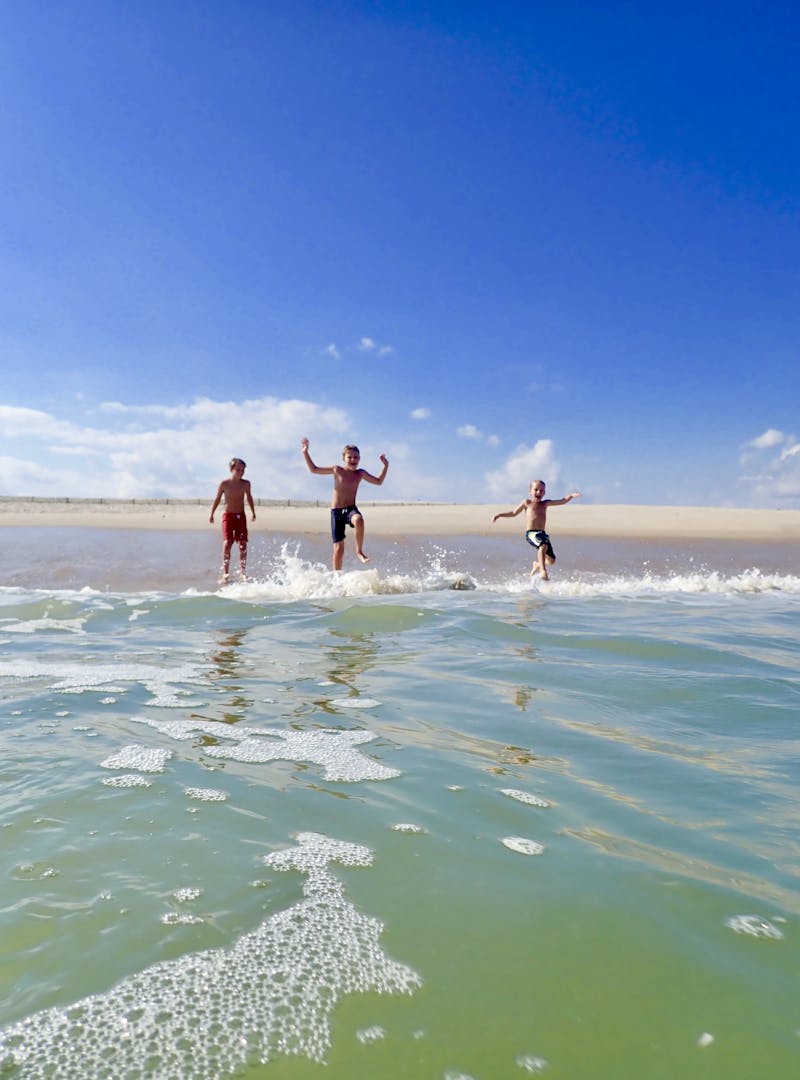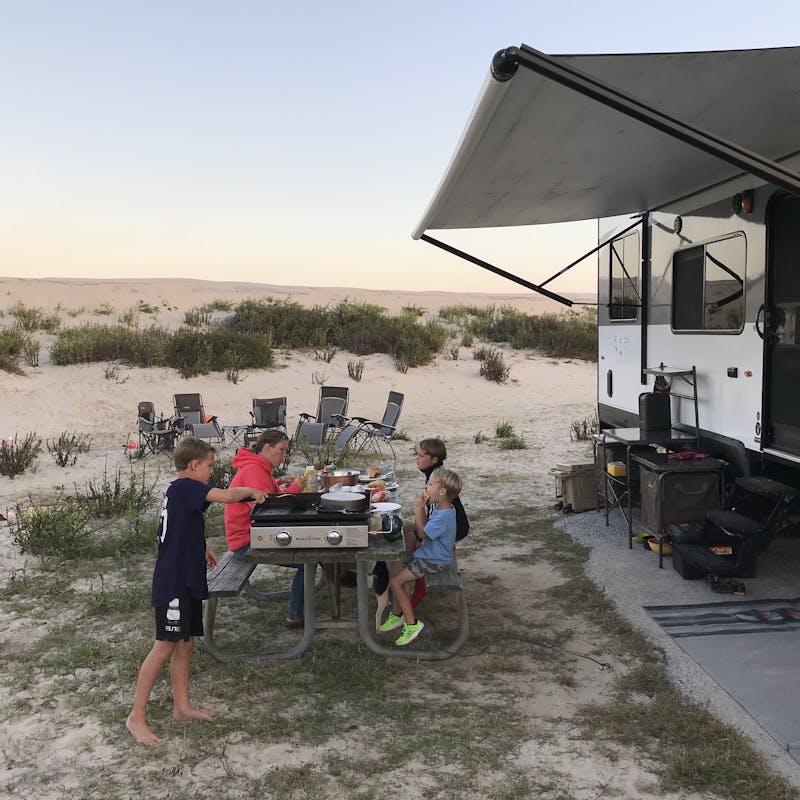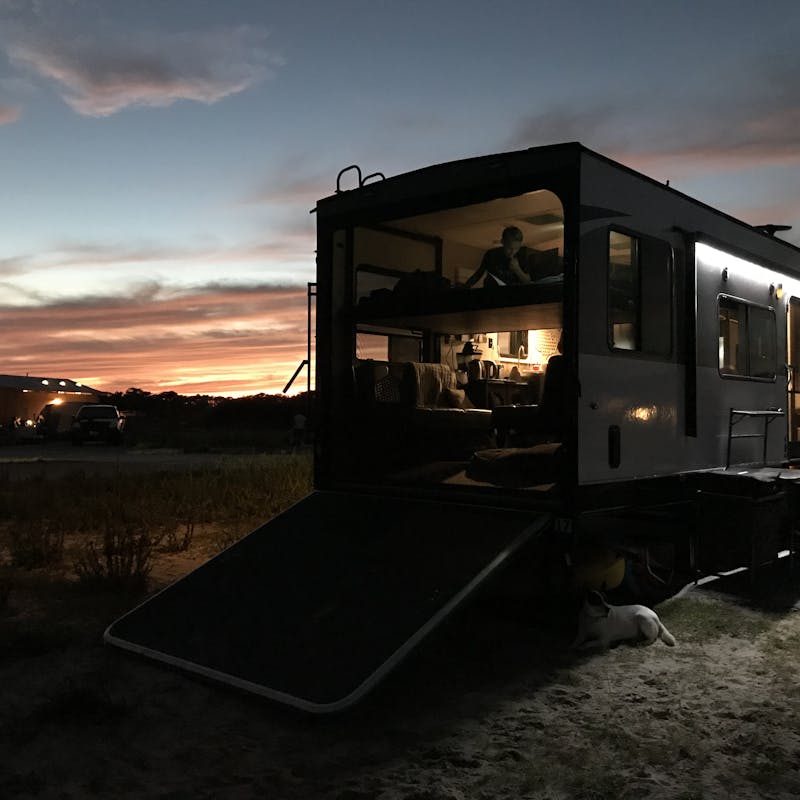Jeremy and Stephanie Puglisi are the co-hosts of The RV Atlas podcast and the authors of See You at the Campground and Idiot’s Guide: RV Vacations. They like to hitch up their RV every chance they get and head out for adventures with Sweet Maggie the Camping Dog and their three sons, Max, Theo and Wes. The Puglisi Family RVs in a Jayco Octane SL 272.
Learn
The First Time We Bought a Toy Hauler
When the Puglisi family went from an RV to a Toy Hauler, they wanted a bigger space—and they got a whole lot more.













